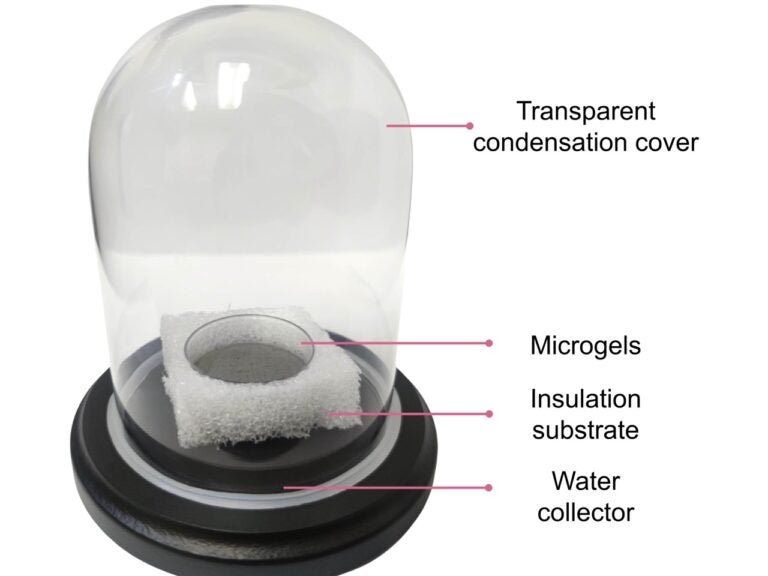
Achieving photochemical upconversion in a solid state is a step closer to reality, thanks to a new technique that could unlock vital innovations in renewable energy, water purification and advanced healthcare.
Exciton Science researchers based at UNSW Sydney have demonstrated that a key stage in the upconversion process can be achieved in the solid state, making it more likely that a functioning device can be manufactured at commercial scale. Possible applications include hydrogen catalysis and solar energy generation.
Their work has been published in the high-impact journal ACS Energy Letters and is likely to drive major changes in the approach of scientists around the world researching this challenging but potentially transformational field.
Professor Tim Schmidt of UNSW Sy...
Read More








Recent Comments